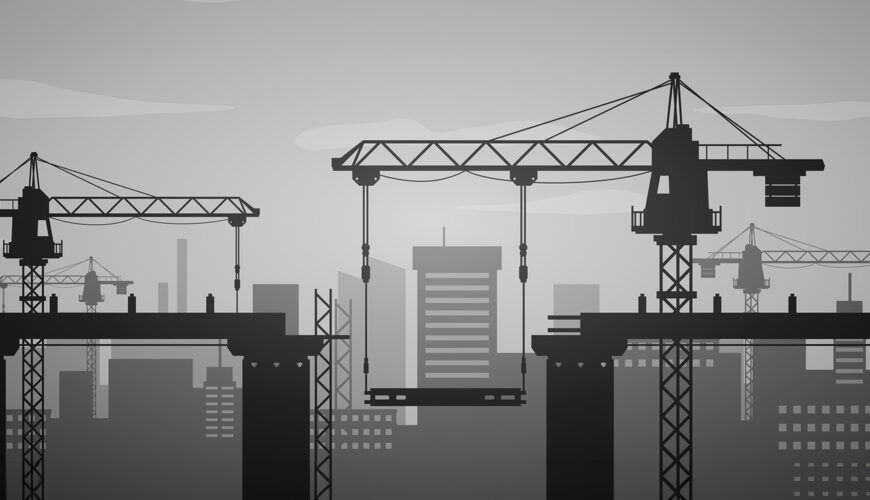It’s been just over a month since the Key Bridge in the port of Baltimore was hit by a cargo ship and collapsed under the stress. The supply chain has been pivoting and adjusting in its wake, especially when using the Port of Baltimore. While it will take years to rebuild the bridge and restore Baltimore-area ground transportation patterns to their norm, the state is making rapid progress on returning access to the port.
Currently, ships can access the port through two alternative channels, with a third scheduled to open by the end of the month. By the end of May, the entire channel should be reopened, allowing near normal traffic volumes into and out of the port.
There’s also been progress on funding for the bridge’s rebuilding effort. Initially, support from Congress appeared to be headed into partisan territory, but now both parties can appreciate the importance of the bridge to the entire nation. While the funding will initially come from the federal government, Baltimore plans to tap liable third parties and their insurance for reimbursement. The state of Maryland is also chipping in, as Governor Wes Moore has released $60 million in emergency relief to the efforts. Since the bridge was constructed in 1975, the amount of traffic cargo passing through the channel has increased by 3,000 percent. The reconstruction will not be fast or inexpensive, but it is essential to the nation’s supply chain.
In the meantime, Maryland has offered several relief measures to the trucking industry coming through the area. For one, it has waived the International Fuel Tax Association requirements for truckers coming to and from the port. This will extend through the end of May for carriers hauling freight to or from the port. The state is also extending the return deadline for quarterly IFTA taxes, moving it from April 30 to June 30.
In the meantime, the Federal Motor Carrier Safety Administration has relaxed some of its rules for the same drivers as part of an extension to its emergency declaration. From now through May 9, drivers supporting the bridge relief efforts can drive up to 11 hours instead of nine before taking a break.
One of the most significant supply chain disruptions resulting from the bridge collapse has been the automotive industry. Baltimore remains one of the top domestic ports for autos headed to the Midwest and South. It is the top port in the nation for “roll on, roll off” shipping, which is an idea for autos. So far, some cargo has been diverted to New York, New Jersey, and Virginia. Additionally, with a couple of channels opening, the Port of Baltimore can operate on a limited level, helping offset supply chain interruptions. Another factor supporting the automotive supply chain is the existing level of car inventory following the pandemic shortages.


